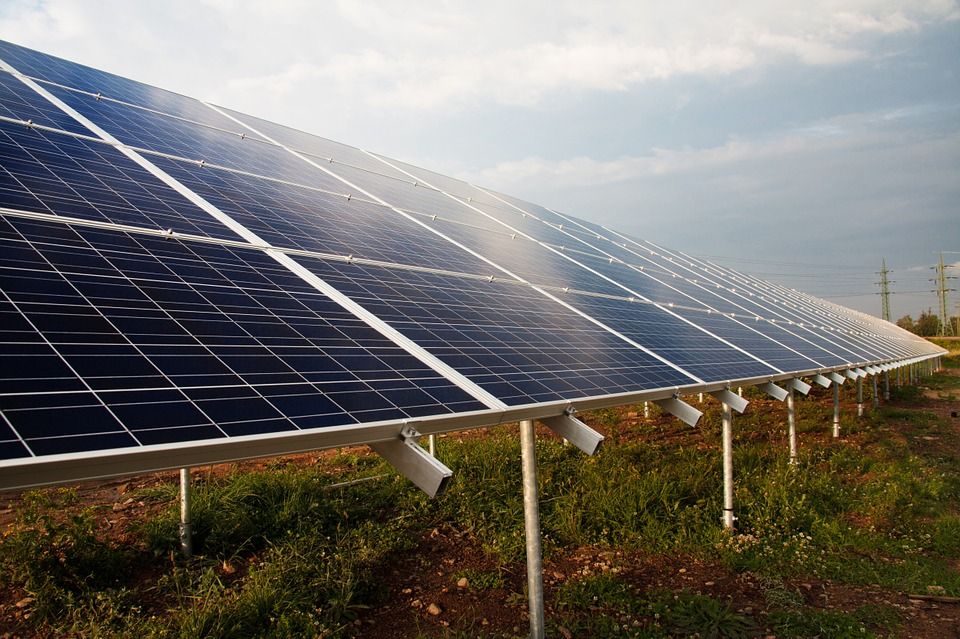Innovative urea battery provides low-cost renewable energy storage
Stanford engineers develop a new low-cost, high performance battery, providing a cheap storage solution for solar power

Stanford engineers develop a new low-cost, high performance battery, providing a cheap storage solution for solar power.
The battery, which is made with urea (commonly found in fertilisers and mammal urine), has the potential to store the energy produced by solar panels and other forms of renewable energy for consumption during off hours.
The battery was developed by Hongjie Dai – chemistry Professor at Stanford University – and doctoral candidate Michael Angell.
Unlike energy derived from fossil fuels, solar energy can only be harnessed during daylight hours and – if that energy is not consumed right away – it is lost as heat.
As the demand for renewable technologies increases, so does the need for efficient, low-cost storage innovations like Dai and Angell’s urea-battery.
The battery is also non-flammable and contains electrodes made from abundant aluminium and graphite.
Professor Dai commented: “So essentially, what you have is a battery made with some of the cheapest and most abundant materials you can find on Earth. And it actually has good performance. Who would have thought you could take graphite, aluminium, urea, and actually make a battery that can cycle for a pretty long time?”
In 2015, Dai’s team was the first to make a rechargeable aluminium battery which is quick to charge and highly durable.
However, the battery involved an expensive electrolyte unlike its successor’s urea-based electrolyte which is 100 times cheaper than the 2015 model, more efficient and can be charged in 45 minutes.
The team has licensed the battery patents to AB Systems, founded by Dai – which is currently developing a commercial version of the battery.
Professor Dai added: “With this battery, the dream is for solar energy to be stored in every building and every home.”
The team has published some of its results in the Proceedings of the National Academy of Sciences, under the title "High Coulombic efficiency aluminum-ion battery using an AlCl3-urea ionic liquid analog electrolyte."
For the latest news on renewable energy, sustainability and climate change, sign up to our free newsletter here.





_400_250_80_s_c1.jpg)
